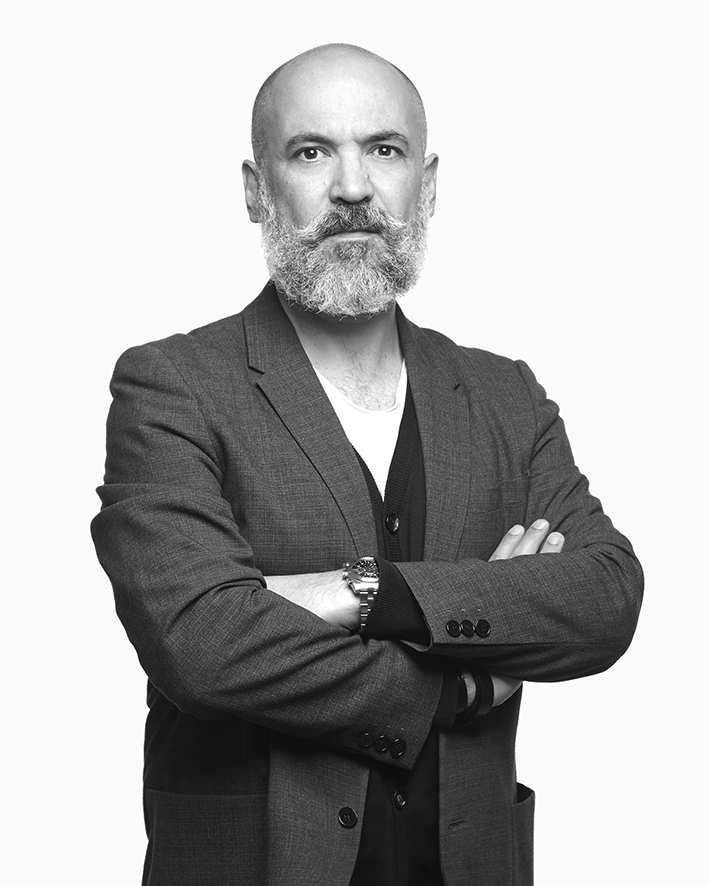Didier Faustino is an architect and artist working on the relationship between body and space.
He started his own practice at the crossroad of art and architecture just after graduating in architecture in 1995. He has developed a multi-faceted approach to architecture, ranging from installation to experimentation, from visual art to the creation of multi-sensory spaces, mobile architecture and buildings. His projects are characterized by their critical perspectives, their freedom of codes and their ability to offer new experiences to the individual and collective body.
Faustino’s work has been honored by several prizes and shown in collective and solo exhibitions. He is frequently invited for lectures at major universities and institutions as well as international events.
Didier Faustino is currently dedicating his time between architecture (Spain, Mexico city, Portugal), art (with exhibitions in Paris, London and Rome) and teaching (AA School, Diploma Unit 2). He is the editor in chief of the French architecture and design magazine CREE.
